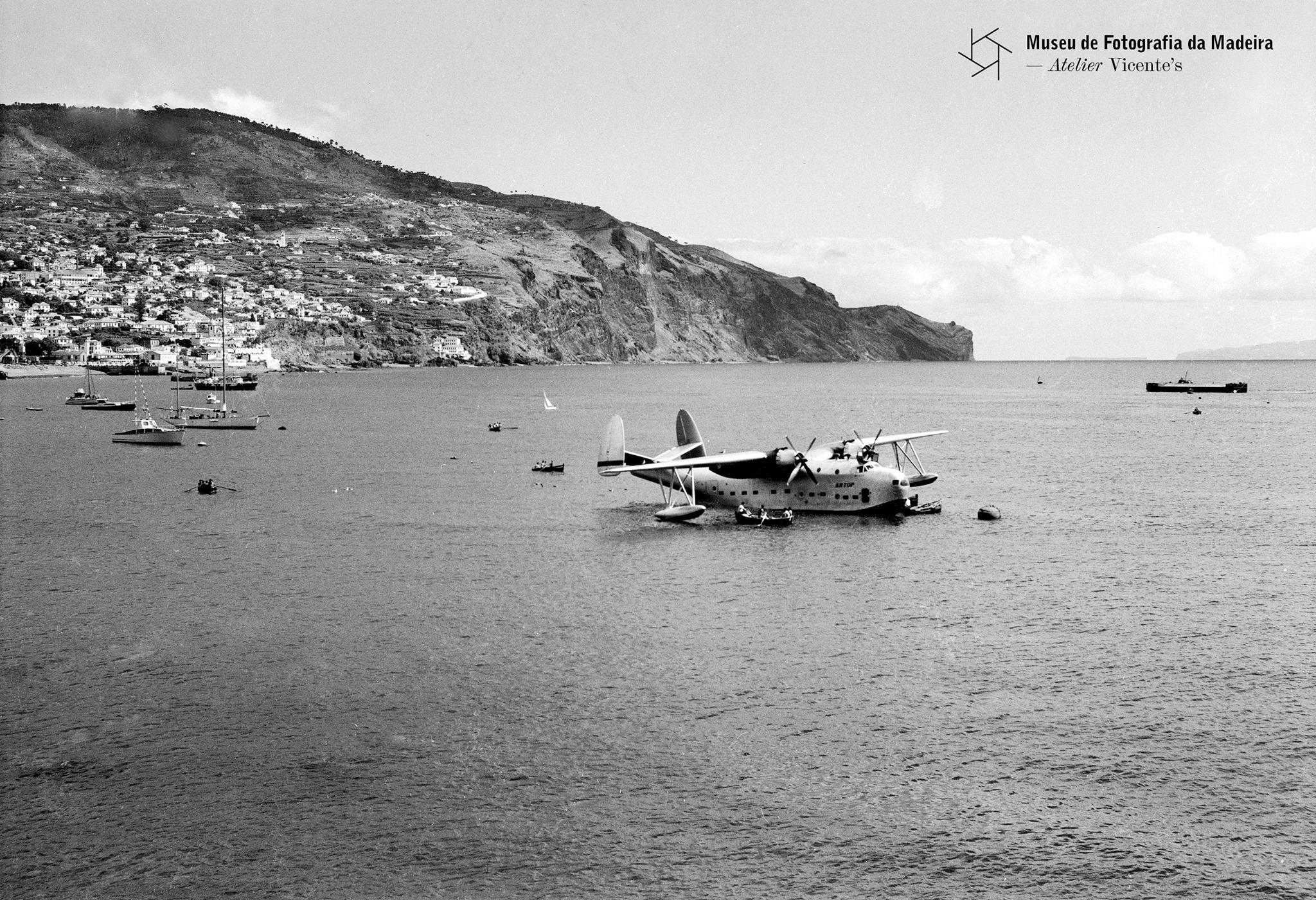This commercial career began following the termination of the route previously operated by the British company “Aquila Airways”, and its objective was to continue to ensure the connections that, at this time, and due to the fact that the island does not yet have airport infrastructure, had to be made using seaplanes. Since the national air carrier (TAP) did not have these aircraft in its fleet, the operation was made possible through the proposal of “ARTOP - Aero Topográfica Lda.”, a company dedicated to the geo-engineering field, which expressed interest in acquiring seaplanes to fill this gap.
The inaugural voyage was made by the seaplane CS-THA "Madeira" and, in addition to this aircraft, for this itinerary, ARTOP also had the seaplane registered CS-THB, called "Porto Santo", which carried out its baptism flight on the fateful November 9, 1958.
Heading to the Madeiran capital, "Porto Santo" took off from Cabo Ruivo with 30 passengers and 6 crew, and, about an hour later, declared an emergency, issuing the message of "immediate docking" of the aircraft. Searches were triggered and a Commission of Inquiry was appointed, but no traces were ever found.
This accident led to the suspension of the operation between Lisbon and Funchal by ARTOP, a decision that was officially decreed on November 11, 1958.

PERESTRELLOS PHOTOGRAPHOS
ARTOP “Madeira” hydroplane in Funchal bay | 1958-10-06
6 x 9 cm | Simple negative, film | Gelatin and silver salts
MFM-AV, inv. PER/12741
On deposit at DRABM

